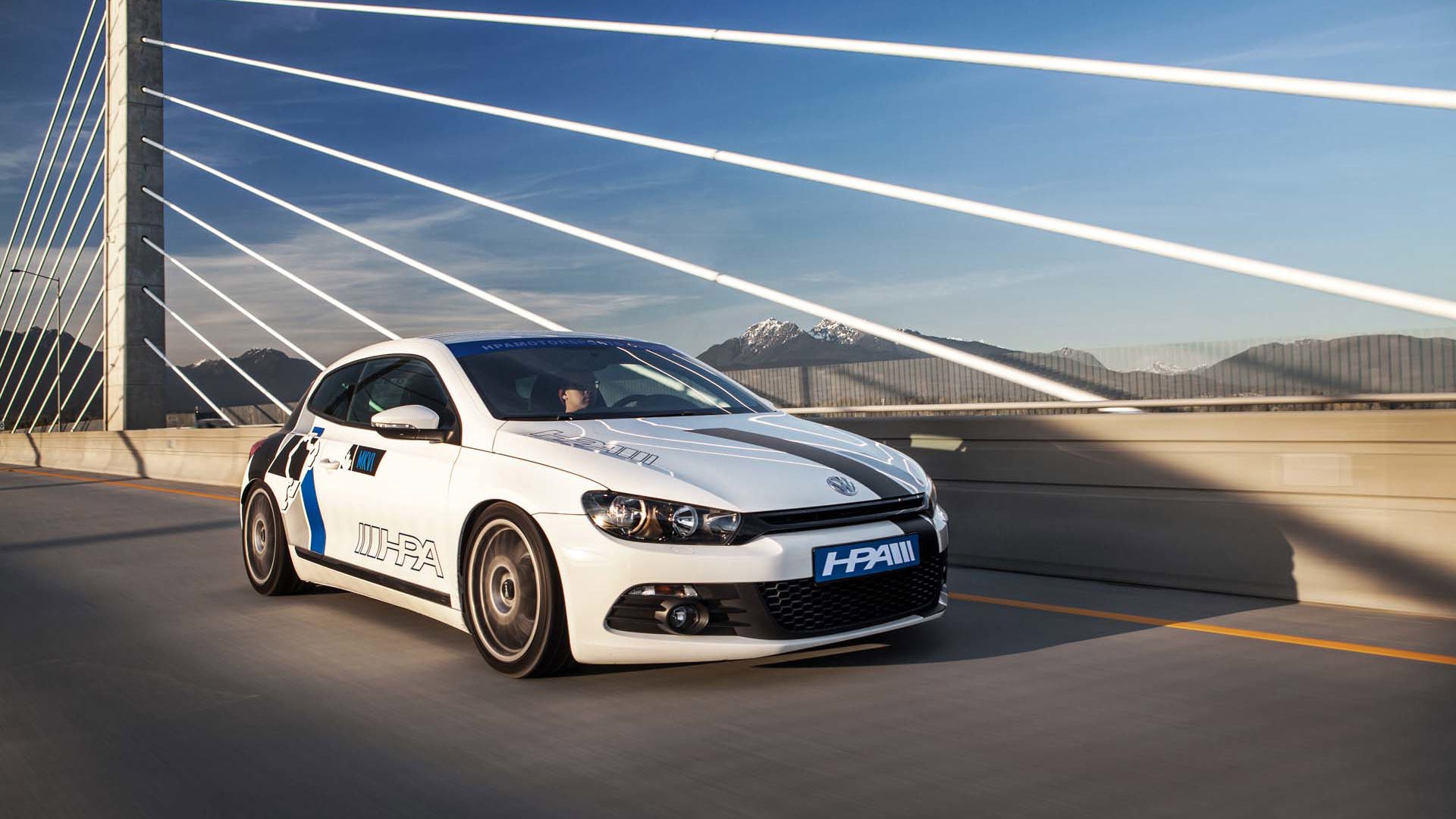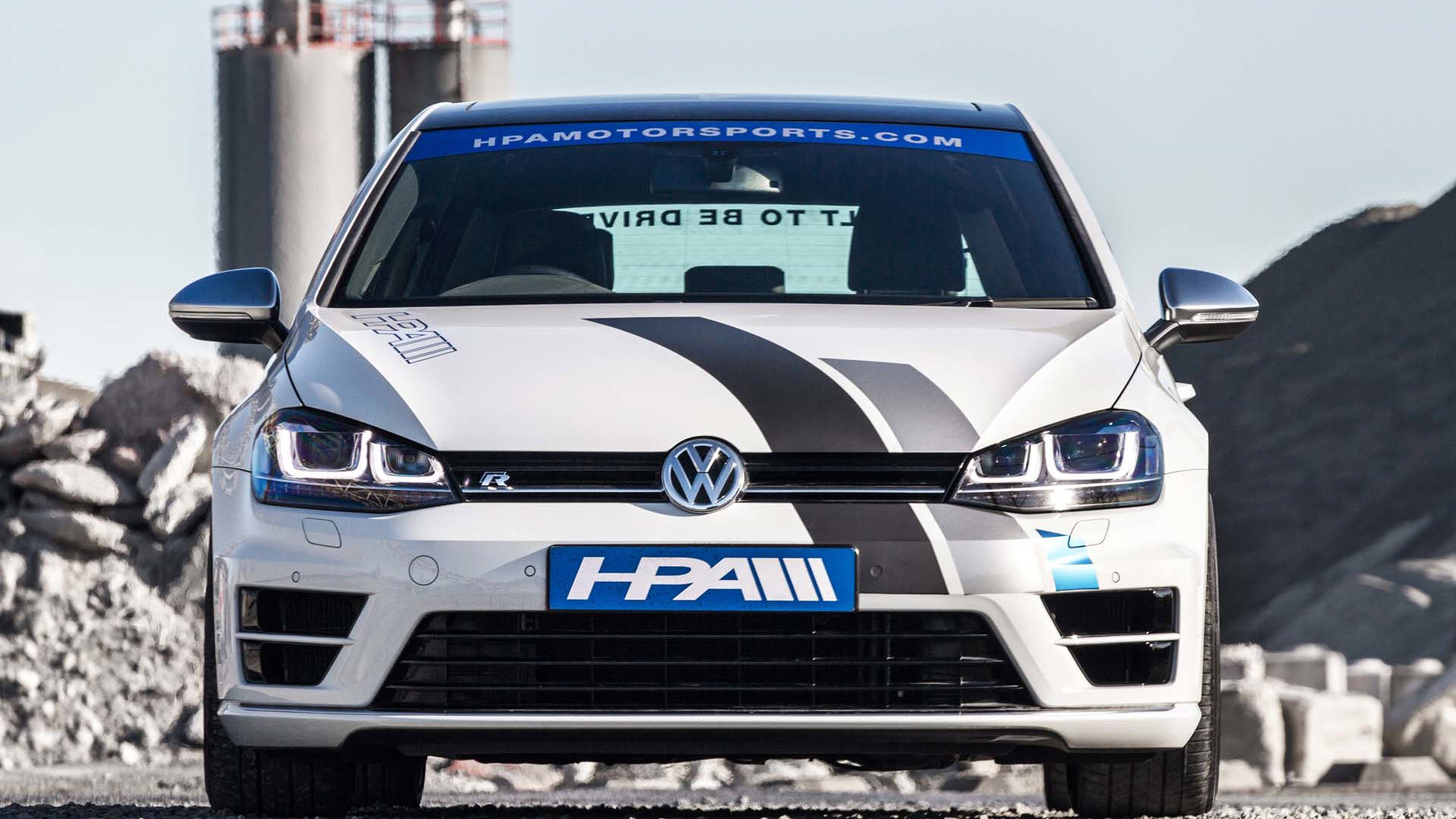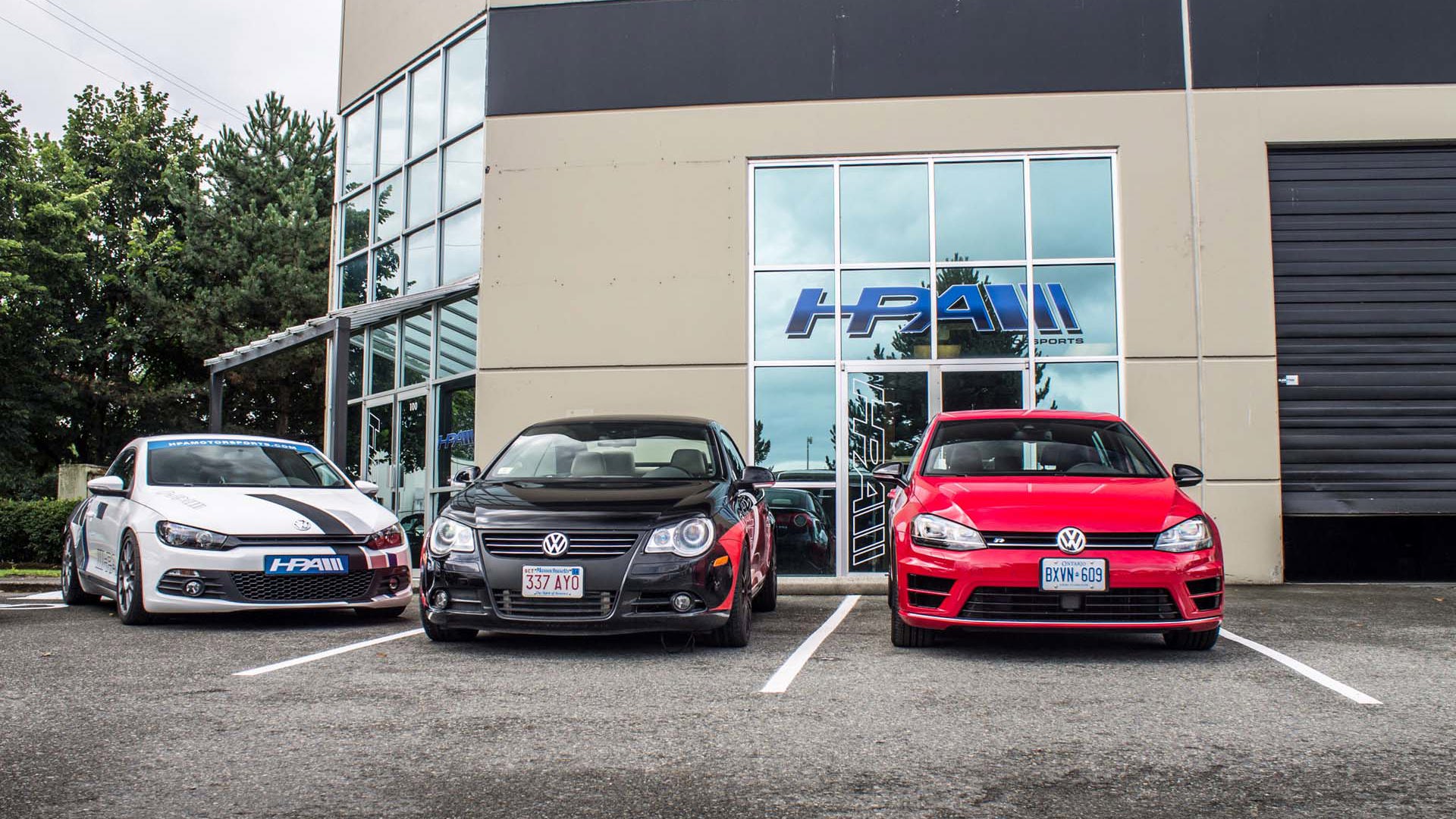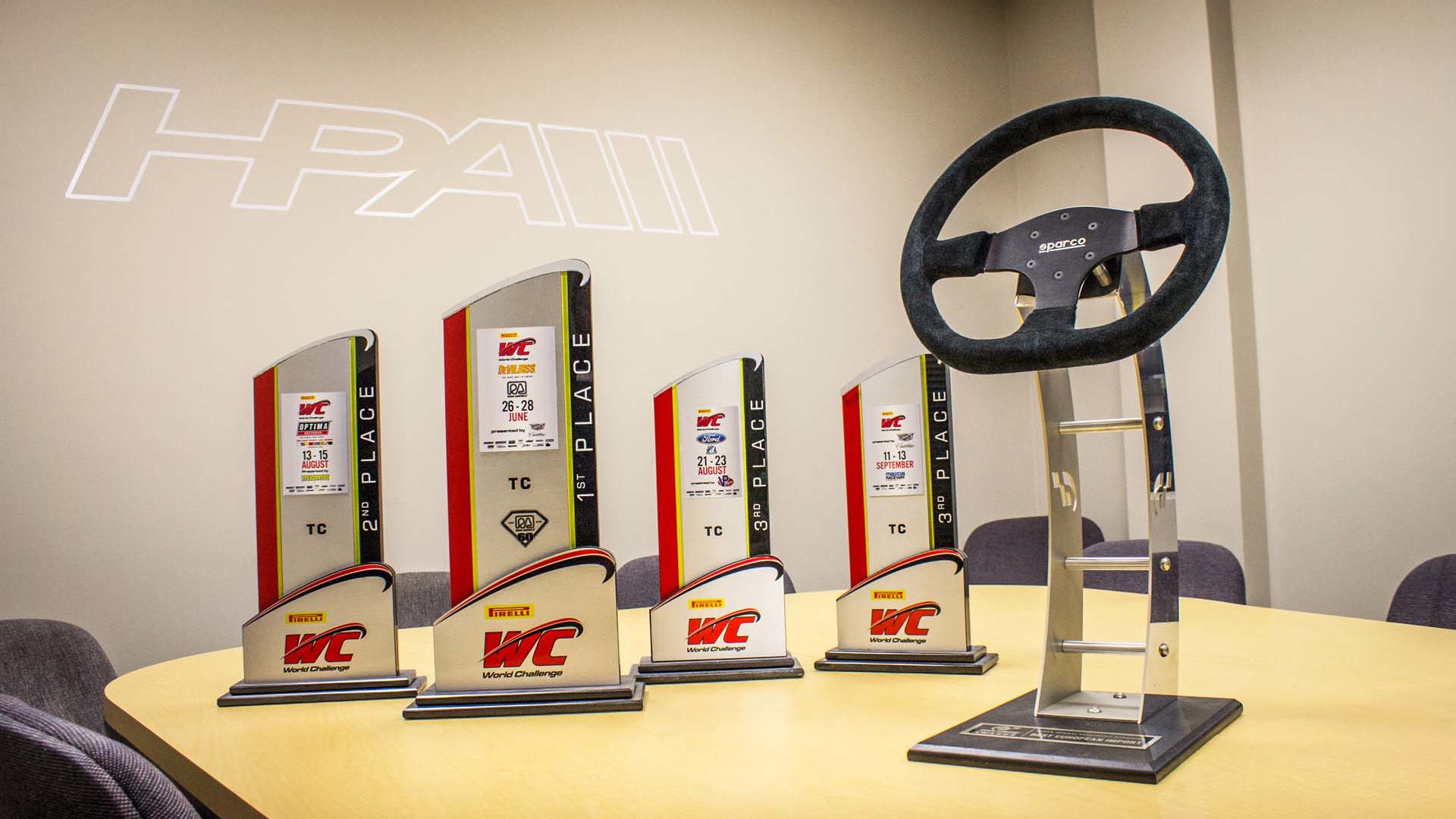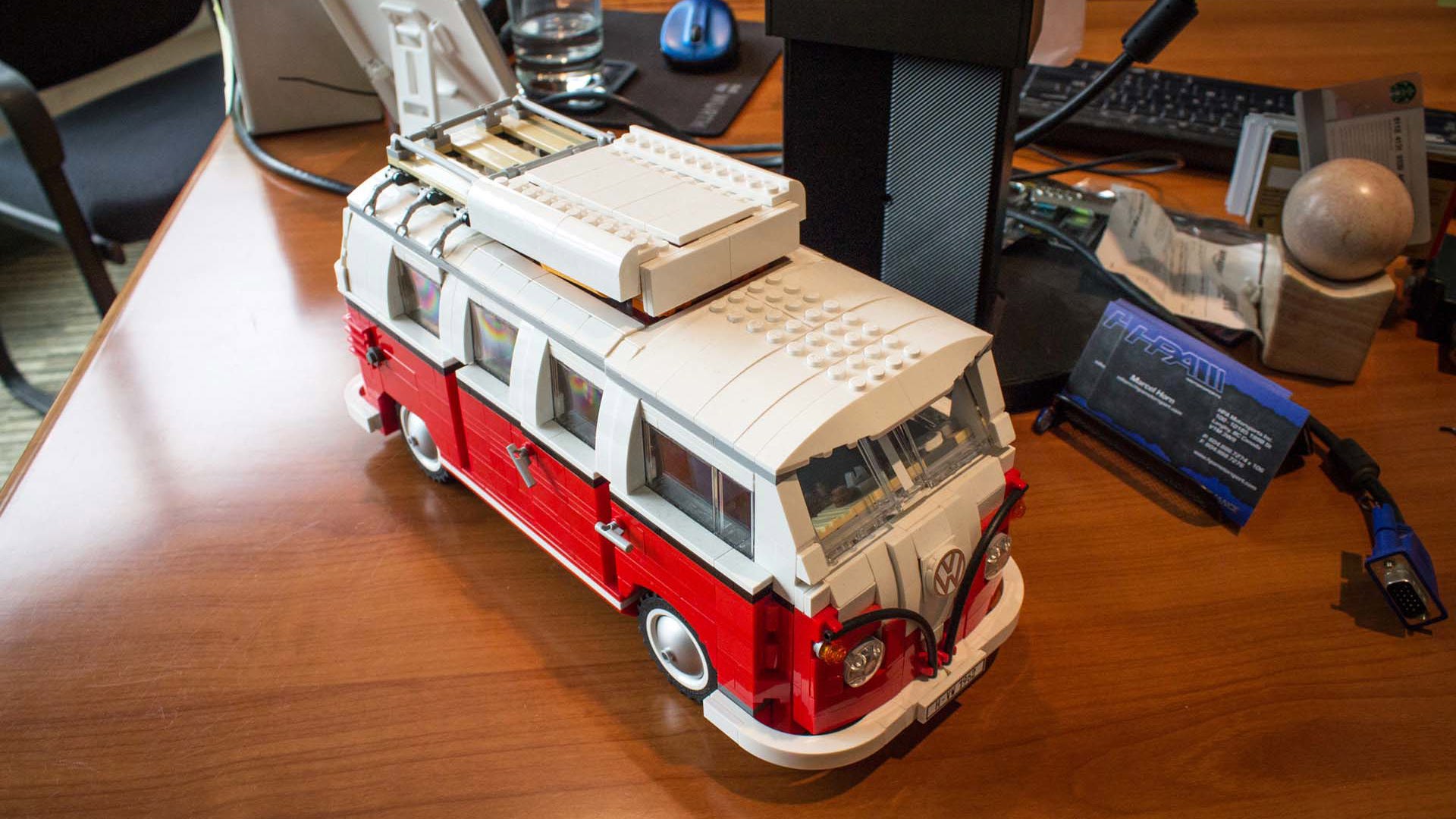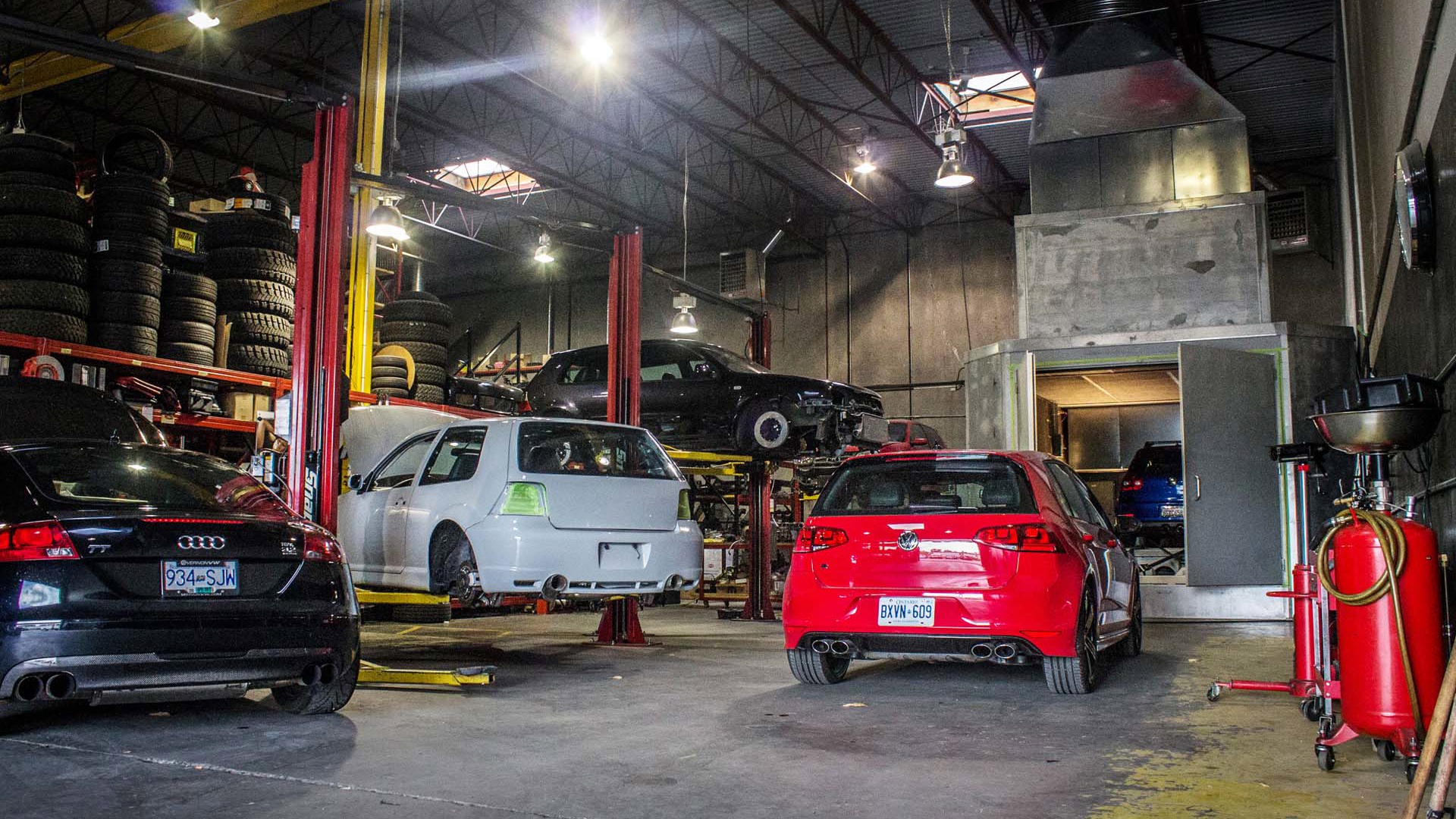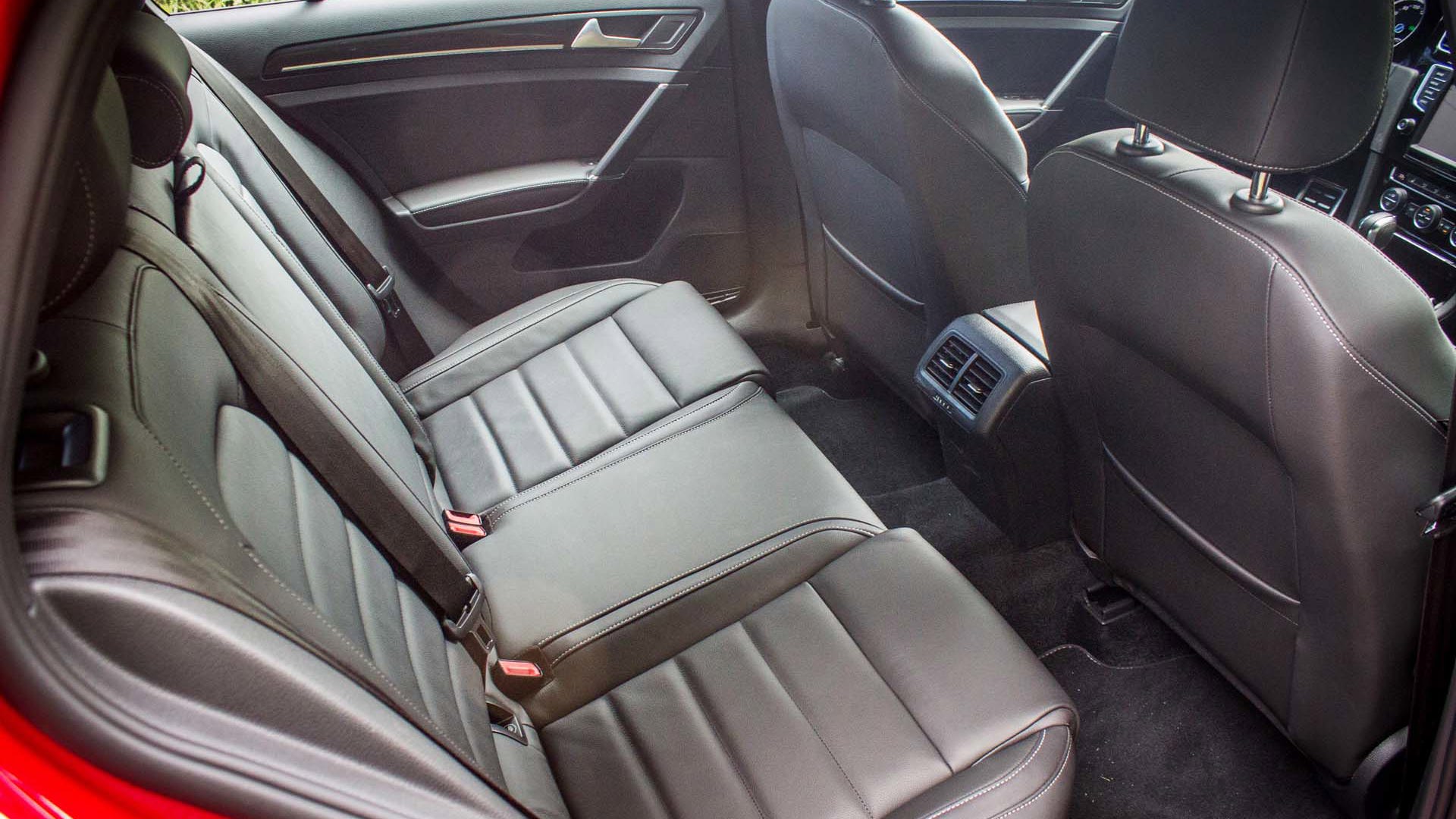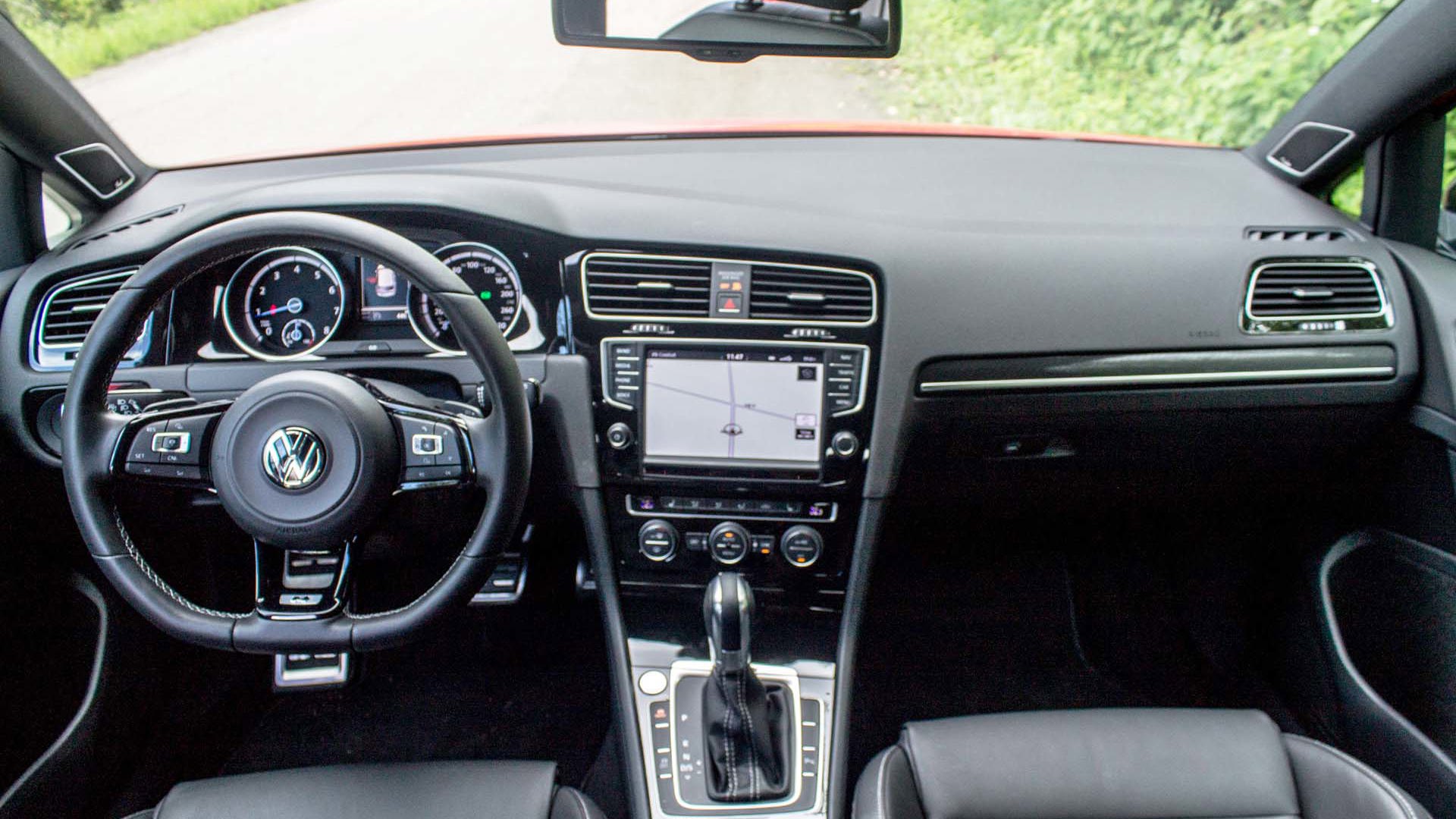Photos Brendan McAleer, Andrew Holliday
California, the birthplace of speed. Trace the bloodlines back on any great car, and it's likely you'll find the Sunshine State deep in its DNA. This is where VW hot-rod culture came from, hopped-up Bugs wheel-standing off the line, then ripping off quarter-mile passes that shamed the big-cubic-inch crowd.
But at this year's Fastivus, a huge Volkswagen enthusiast event being held this August 13th and 14th in Fontana, the apex predators won't be Californian bears. Instead, a cold wind is blowing down from the North, as Canada's own HPA is freighting down a few timber wolves in sheep's clothing.
Never mind your chipped and lowered GTI, HPA's tuned machines might look like standard VW compacts on the outside, but they're packing the kind of firepower that could light up a Lamborghini. Oh, your Dodge makes 707 hp? That's nice: how about a Golf hatchback with 740 hp – and one with the all-wheel drive to put that power to the ground. Auf Wiedersehen, Herr Hellcat. Oh, and by the way, like the most-powerful Mopars ever made, these little Vee-Dub Honey Badgers are fully made in Canada.

In order to get a look at what HPA is up to these days, I bombed over to their Langley, BC, headquarters in a hot little red 2017 Volkswagen Golf R. If you're a fan of capital-g Golf, this is likely your dream ride, with 292 hp from a boosted 2.0L. Not too shabby, but HPA president Marcel Horn has a few suggestions.
“You first have to decide whether you want to go down the warranty-friendly path, or just go straight for big power,” he says.
Adding in HPA's dogbone engine mount stops the engine shifting around so much when throttle is applied, and swapping out the factory downpipe for their gorgeous stainless steel downpipe reduces backpressure and gets your turbo spooling faster. It's also designed to reduce heat, allowing the factory ECU setting to run to the full potential of its abilities. You'd likely see power jump to around 315 hp or so; more so than peak power increases, you'd have a car that felt much livelier, yet still retained the full factory warranty.
For those who like to live a little more dangerously, HPA's next step reprograms the ECU for approximately a jump to 395 hp. Yeesh, that'll wipe the smirk off any STI owner's face. If you've got a DSG car, HPA can also tune that as well, getting more aggressive shifts than even the most extreme factory setting.
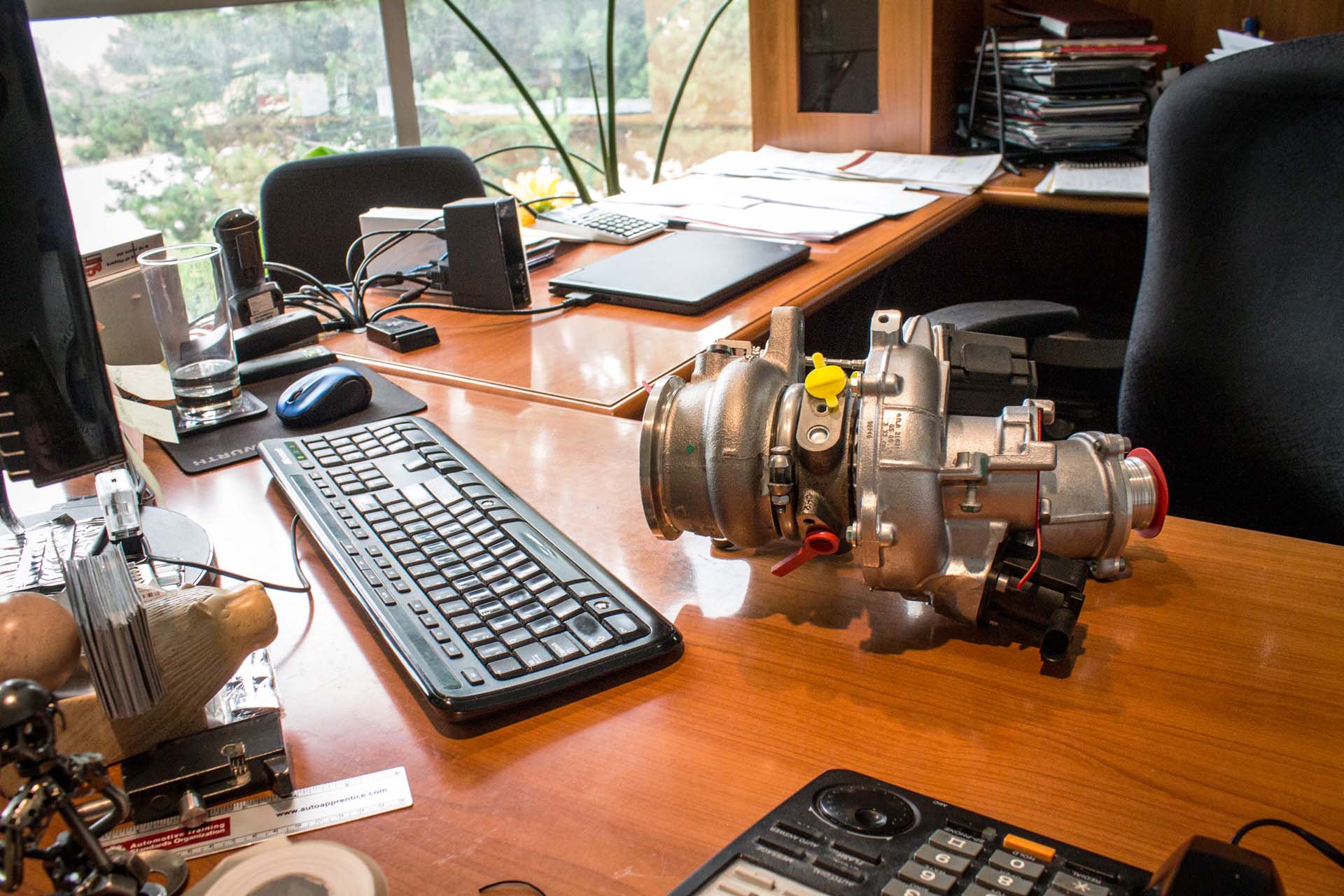
And if that's not quite enough, there's the prototype sitting on Marcel's desk this morning. It's a factory-spec Golf R turbocharger, taken apart and reworked to support even more boost. Total output from a swapped car with supporting modifications is around 450 hp. The final numbers are still to be announced at Fastivus, and Marcel's playing it safe, admitting, “We may well be making more than 450 horsepower.” Either way, we're talking about a little four-door hatchback that looks at BMW M3s and licks its lips.
Leave the peak power numbers aside for the moment. The real story here isn't the bragging rights that an HPA upgrade hands out, but that a home-grown Canadian company has managed to ascend to the world stage over the past twenty-five years. Horn started this company out of his parent's garage in 1991, slowly growing it to its current stature.
Along the way, he made partnerships with German performance parts suppliers like Baer brakes, amassed a team with a wealth of knowledge, got cars immortalized in the Gran Turismo racing series, and even attracted the attention of Volkswagen themselves. When VW wanted to bring three 500+ hp Volkswagens to the 2005 SEMA show, they turned to the small shop in Langley. The result was the Jetta RGT, Passat RGT, and Touareg RGT, all of which actually made more than 600 hp. VW had to get HPA to turn the boost back down to 500 hp for the show. Ach! Kanadier!

HPA built their empire on a reputation for quality, and for over-delivering on their promises. Unlike lesser tuning houses, which can offer power adders that might make peaky power which only looks good on a dyno, HPA's cars are built for real-world use. Client vehicles are shipped all over the world, from Hong Kong to Hawaii, and many of them already have a supercar or two in their collections. These are owners who can afford excellence, and expectations are high. Having driven that 740 hp twin-turbo V6 Golf, I can tell you that HPA delivers.
The way they maintain a very high level of quality is simple. Remember that time Aston Martin got egg all over its face because it turned out a Chinese parts supplier had used low-grade plastic for an accelerator pedal mount? HPA keeps almost everything local and in-house. Parts for that downpipe are laser-cut and welded in-house. The ECU upgrades are done with circuitry from a Vancouver company. Horn's motto is keeping the operation Canadian, both to make sure he knows who he's dealing with, and putting money back into the local economy.
His company is also unafraid to spend the money on R&D. The latest centrepiece in the shop is a giant windtunnel/dynograph, capable of performing rolling-road tests up to 150 mph. HPA uses the information to accurately benchmark every part it sells, and ensure that its custom builds deliver in terms of reliability as well as performance. This is NASCAR-level tech: the giant fan in the room is strong enough to suck the garage doors off their hinges.

Another area where HPA learned some hard lessons was on the racing circuit. Entering two cars in Pirelli World Challenge touring car racing, they spent half the season at the back of the field, figuring out how to best optimize the 2.0L turbo and DSG transmissions of their GLI racers for maximum output and race-finishing durability.
“I spent a lot of money on those,” Horn says, indicating the trophies in the boardroom, won in the second half of the season, “but I did it for the research.”
Back in the shop, an HPA fabricator is welding up a downpipe, with a pallet of completed units ready to go on the floor nearby. There's already a backlog of orders to work through. Another tech is working on assembling a transmission that's strong enough to deal with the torque of one of HPA's twin-turbo V6 builds. In a back room, fully custom engines await assembly and installation into their new homes.

There's even a Jeep Wrangler in here, part of HPA's sub-brand COTY. A fully developed kit lets you drop a VW TDI engine into a Jeep body, turn up the torque, and go rock-crawling. It's a clever way to diversify.
HPA isn't just a tuning company hawking glittery parts to make you feel good about your car. They are twenty-five-year veterans of the performance business, selling products tested in laboratory conditions and at the racetrack. There is pride to be found here, pride in the quality and craftsmanship of the work.
The truth is, hot-rodding isn't about any place in particular, it's about having the passion to build something that excels, and the perseverance to see that idea through. HPA doesn't do compromise. It makes the wolves of Wolfsburg howl.

